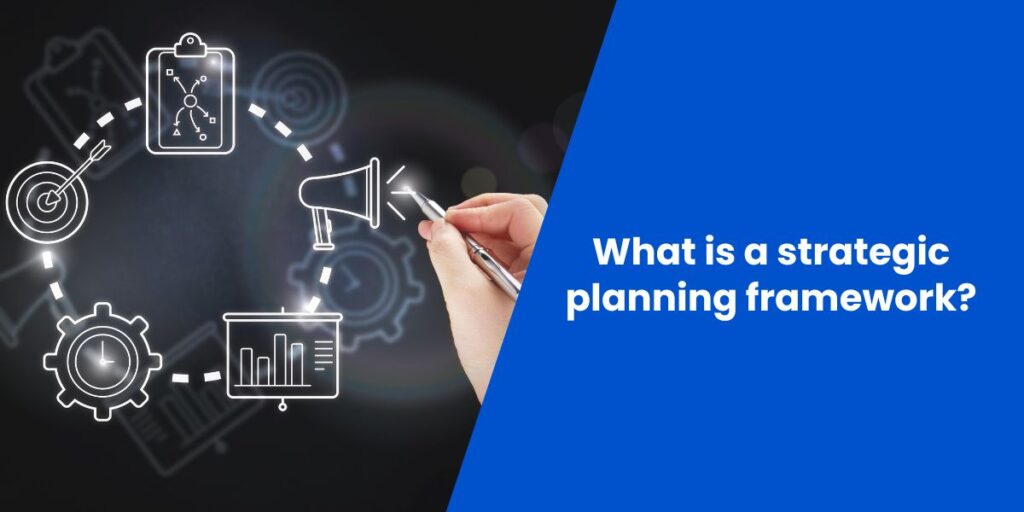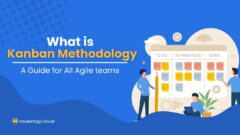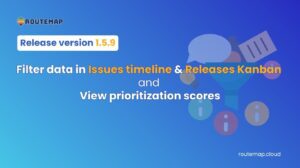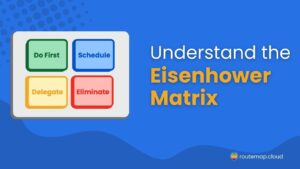In today’s dynamic and intricate business environment, strategic planning emerges as a crucial tool for entities aiming to chart their course through uncertainties, capitalize on opportunities, and foster enduring growth. Therefore, the importance of adopting and implementing a strategic planning framework is undeniable.
Far from being just systematic approaches, these frameworks act as potent tools that serve to crystallize visions, steer decision-making processes, and synchronize organizational endeavors with the pursuit of overarching goals.
Companies can integrate these frameworks to formulate a cohesive strategy that is not merely reactive to immediate adversities but is also forward-looking. As a result, they can secure a competitive advantage and forge a trajectory toward realizing their most ambitious aspirations.
Without any further ado, let’s dive into it!
Table of Content
What is a strategic planning framework?
A strategic planning framework offers a meticulously organized method intended to assist an organization in delineating its strategic direction. Besides, it also helps make informed choices regarding the distribution of its resources, including financial capital and human talent, to support this direction.

Additionally, it presents a structured support system that navigates the planning journey. From its inception to its implementation, such a framework guarantees that the entity’s objectives and strategies are in harmony with its foundational mission and vision.
This framework is instrumental in pinpointing the organization’s current standing, defining its desired future state, and charting the course to bridge the gap between the present and the future.
Steps to deploy a strategic planning framework
To deploy a strategic planning framework, you should follow this process:
- Preparation phase: Achieve consensus among leadership and foster strategic thinking throughout the organization.
- Environmental scan: Perform a thorough evaluation of both internal competencies and external influences.
- Objective alignment: Guarantee to synchronize the strategic goals with the organization’s core vision and mission.
- Action plan development: Draft an elaborate blueprint that specifies the steps for strategy implementation.
- Ongoing evaluation: Utilize Key Performance Indicators (KPIs) to monitor advancements and adjust strategies accordingly, thereby enhancing adaptability and promptness.
For more information, you can take a look at our article on how to develop a strategic plan.
7 strategic planning frameworks to leverage your business
Various strategic planning frameworks are highly effective across a wide range of industries. Each framework offers a unique perspective on organizational challenges and opportunities.
These frameworks empower businesses to articulate, refine, and implement their strategic visions into actionable plans.
1. SWOT analysis
The SWOT Analysis provides an essential evaluation of an organization’s internal Strengths and Weaknesses as well as the external Opportunities and Threats. This critical assessment aids in harnessing internal capabilities, addressing areas for enhancement, exploiting market prospects, and mitigating potential adversities.
Acting as a preliminary step in the strategic planning sequence, it directs organizations toward identifying crucial strategic initiatives and judiciously distributing resources.
2. PESTLE analysis
Meanwhile, PESTLE Analysis extends the strategic view by examining the macro-environmental factors that could impact an organization. These factors are categorized into Political, Economic, Social, Technological, Legal, and Environmental aspects.
Moreover, understanding these external factors is essential for anticipating market trends, preparing for regulatory changes, and making informed long-term strategic decisions. PESTLE Analysis aids organizations in navigating the broader landscape, ensuring that strategies are resilient and adaptive to external pressures.
3. Balanced Scorecard
Adopting the Balanced Scorecard framework translates an organization’s vision and strategy into concrete performance indicators. When using this framework, you have to identify the Objectives, Measures, Initiatives, and Action Items of your business. As a result, this approach provides a comprehensive perspective on organizational performance.
Moreover, this framework also helps organizations to extend beyond mere financial indicators to encompass essential metrics of customer contentment, efficiency of internal processes, and corporate innovation. It enables strategic coherence and implementation, aligning all organizational activities with the ultimate vision.
4. Strategy Mapping
Strategy Mapping, an extension of the Balanced Scorecard approach, serves as a dynamic visual instrument for delineating an organization’s strategic objectives through a clear, linear correlation model. It helps in demonstrating the interconnections among various goals across the Balanced Scorecard’s four dimensions:
- Financial
- Customer
- Internal Processes
- Learning and Growth.
Strategy Mapping’s core strength lies in demystifying the organization’s strategy, making it accessible and comprehensible to every organizational member, thus significantly bolstering strategic alignment and execution.
It fosters a comprehensive perspective on organizational performance and strategy, underlining the symbiotic relationships among diverse objectives and the domino effect of strategic endeavors.
5. Gap Planning
Gap Planning, or Gap Analysis, focuses on identifying the gap between the current state of an organization and its desired future state. Organizations can identify the areas needing improvement or change by analyzing the current performance levels and comparing them with the targeted performance or strategic goals.
Additionally, this framework is useful for strategic planning as it highlights the specific areas that need attention while prioritizing strategic initiatives based on the gap size, resource requirements, and potential impact.
Therefore, Gap Planning is instrumental in developing a focused action plan that addresses the most critical gaps. Besides, it also ensures efficient allocation of resources toward achieving strategic goals.
6. OKRs (Objectives and Key Results)
This strategic planning framework focuses on establishing ambitious objectives and gauging progress through quantifiable results. OKRs promote transparency and alignment at every organizational tier, boosting engagement and accountability.
Besides, OKRs are instrumental in delineating clear success benchmarks, tracking advancement, and cultivating a milieu of accomplishment and ongoing enhancement.
7. Blue Ocean strategy
Lastly, the Blue Ocean strategy propels organizations to venture into new market territories, or “Blue Oceans,” devoid of cutthroat competition. This avant-garde strategy accentuates the pursuit of novel avenues and value creation in untapped market segments.
By prioritizing differentiation and innovation, companies can discover new demands and avenues for expansion, avoiding the congested “Red Oceans” characterized by fierce rivalry.
How to choose the right strategic planning framework
It depends on an organization’s specific context to select the right strategic planning framework. That includes the industry, competitive environment, organizational culture, and strategic priorities.
Here are some of the things you should consider:
- Align with organizational goals: Choose a framework that best aligns with your organizational vision and strategic objectives.
- Ease of implementation: Consider your organization’s capacity to implement the framework, including time, resources, and expertise.
- Flexibility: The chosen framework should be adaptable to changes in the business environment and organizational strategy.
- Stakeholder engagement: Select a framework facilitating engagement and collaboration among key stakeholders.
By thoughtfully applying these strategic planning frameworks, organizations can enhance their strategic clarity, focus their efforts on what truly matters, and drive sustained success in an ever-changing business landscape.
Conclusion
A strategic planning framework is not only a tool but also a catalyst for transformation. It offers structured pathways to organizational excellence and sustainability.
By embracing these frameworks, organizations can unlock their full potential. They can also confidently navigate the complexities of the modern business environment with strategic decisions.
The journey towards strategic mastery begins with a commitment to understanding and implementing these frameworks, a journey that promises success and a legacy of innovation and resilience.






